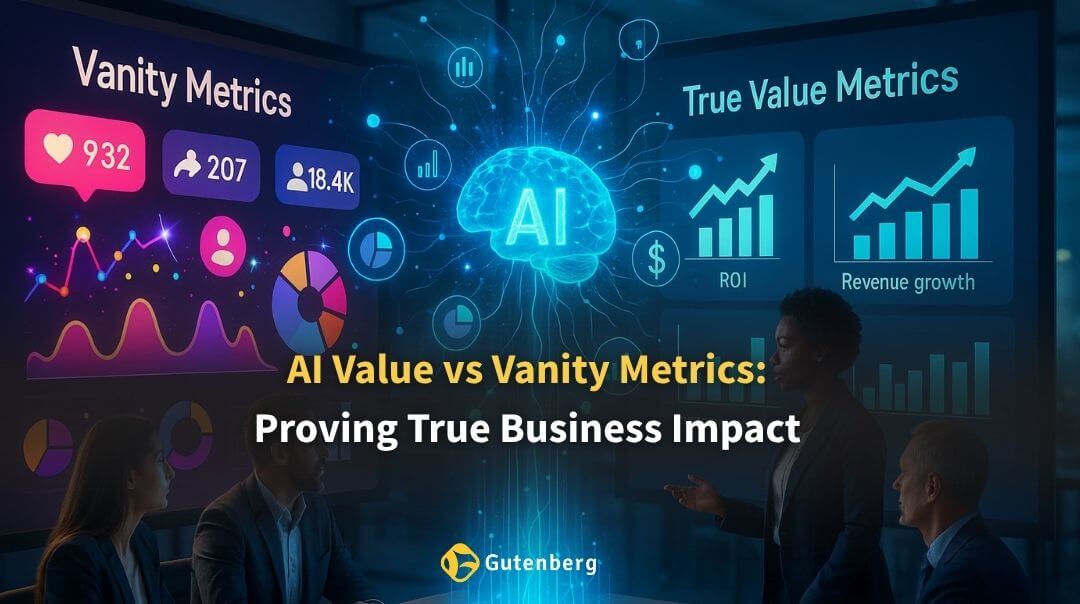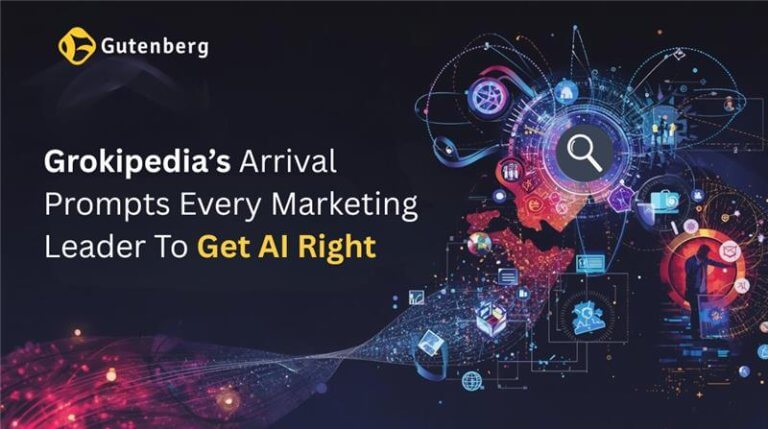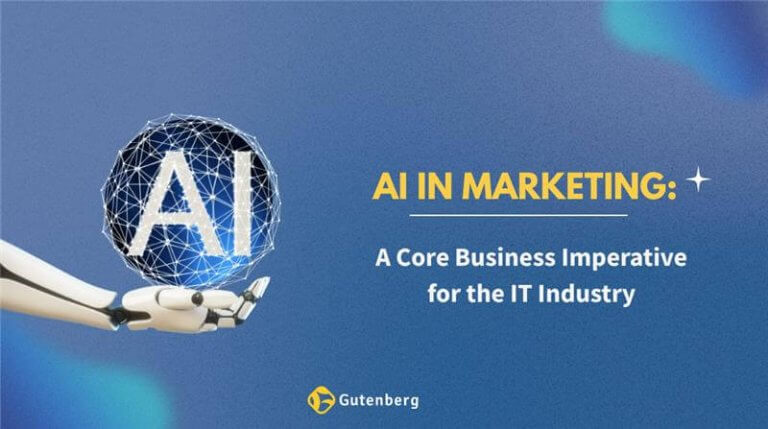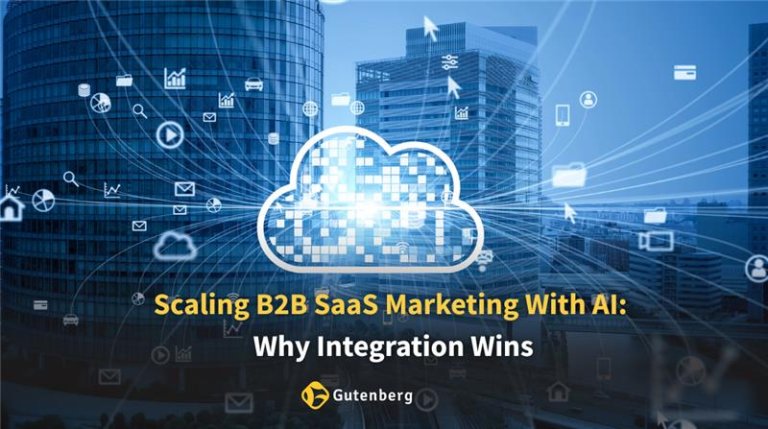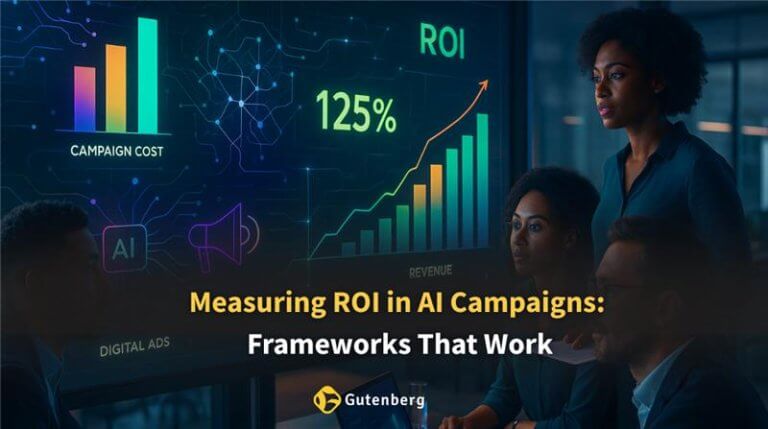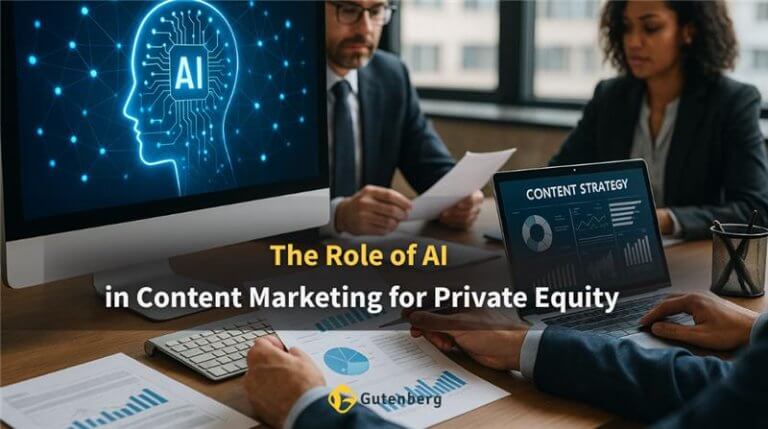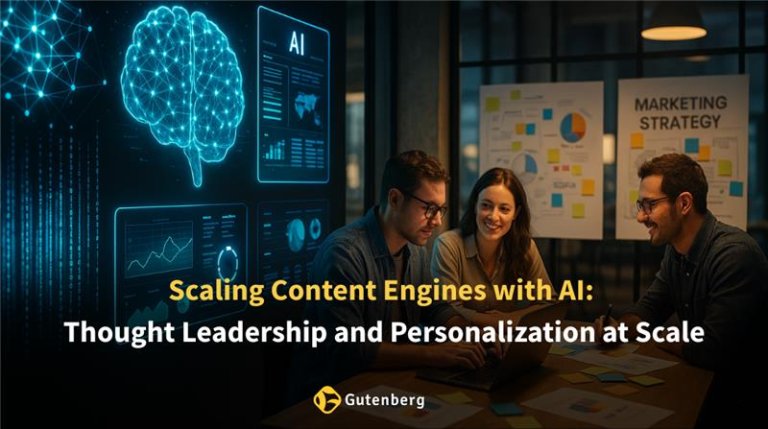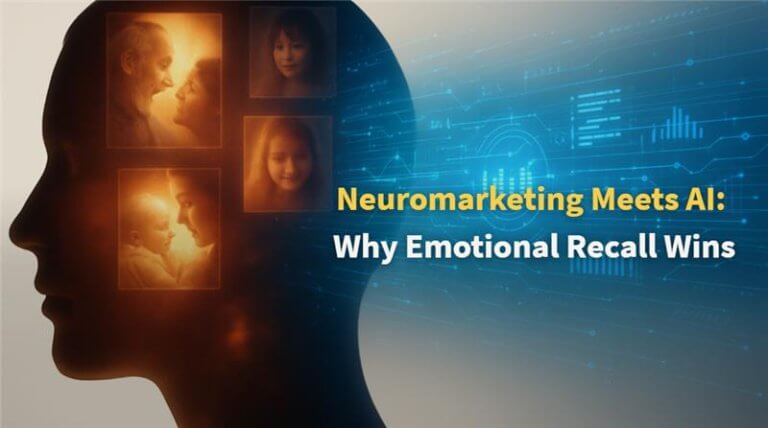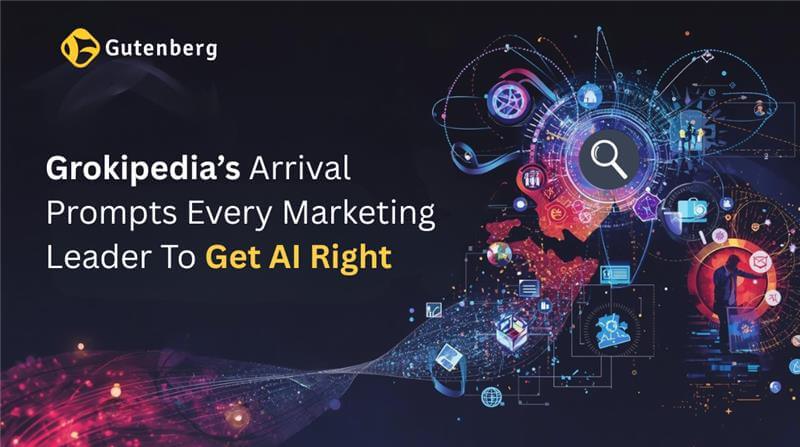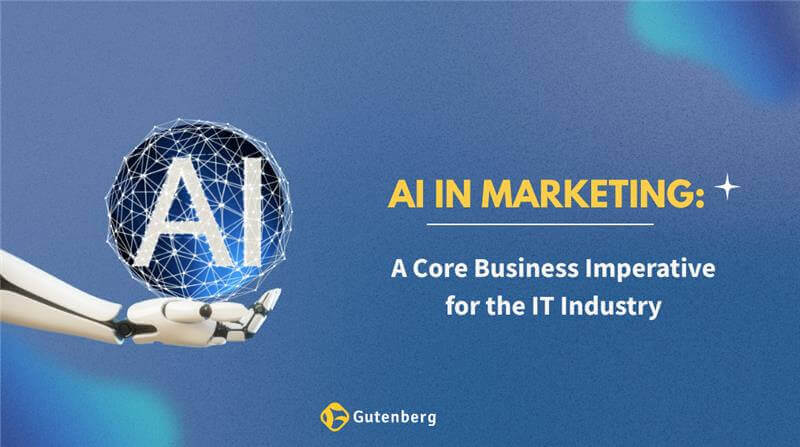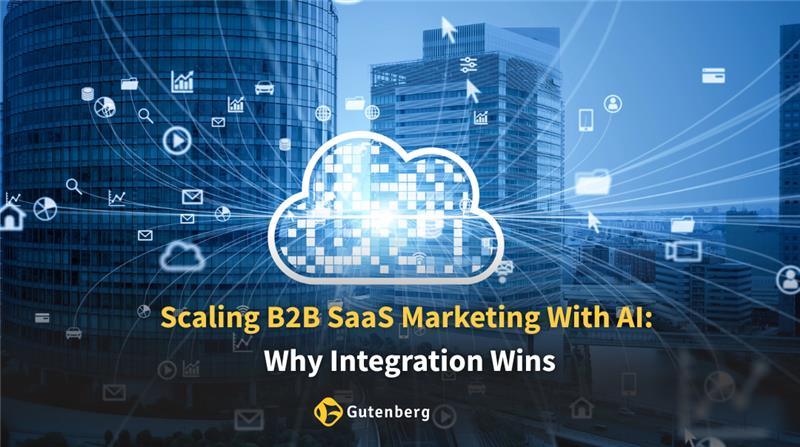In 2025, the pressure to demonstrate real business outcomes with AI is stronger than ever. Boards and executives are demanding proof that investments deliver concrete value. This post explores the critical shift from AI value vs vanity metrics to actionable AI performance metrics. It explains why measuring AI ROI with business relevance is now the gold standard and how leaders move beyond surface data for meaningful AI insights.
What Are Vanity Metrics—and Why Do They Fail AI Measurement?
Vanity metrics are numbers that look impressive at first glance but do not reflect genuine business outcomes with AI. Common examples in AI initiatives include:
- Website visits: Driven by AI recommendation engines
- Number of models: Trained or deployed
- Social engagement: Driven by chatbots
While these stats can inflate dashboards, they rarely tie to profit, customer loyalty, or operational improvement. The focus on AI value vs vanity metrics is essential because these figures mask whether AI is truly moving the needle for your business.
| Vanity Metrics | Why They Fall Short |
|---|---|
| Number of AI models deployed | Focuses on quantity, not effectiveness or value |
| AI-driven website sessions | Ignores conversion, engagement depth, and revenue |
| Social shares on AI-generated content | No link to customer acquisition or retention |
| Model accuracy (alone) | Irrelevant unless tied to business objectives |
| Volume of data processed | Doesn’t measure operational savings or customer value |
Pitfalls of Relying on Vanity Metrics for AI
- Misallocated resources: Teams chase volume over value.
- Unclear ROI: Boards push back on further AI spending.
- Stakeholder skepticism: Surface stats erode trust.
Recent data shows that 47% of brands shifted away from surface-level stats in 2024. The market now demands AI performance metrics tied to measurable gains.
Identifying AI Performance Metrics That Matter
Financial Impact
- Incremental revenue: From AI-driven initiatives
- Cost reduction: Per automated process
- Profit and margin impact: Clear financial gains
Customer Value
- Churn reduction: Retention improvements
- NPS growth: Expected rise from 16% (2024) to 51% by 2026
- Conversion rates: Higher sales and engagement
Operational Excellence
- Automation rates: Across business units
- Cycle time savings: Faster productivity, fewer errors
Model & Production Outcomes
- Adoption rates: Sustained usage in workflows
- Accuracy relevance: Only when tied to outcomes
| Performance Metric | Business Value Delivered |
|---|---|
| Revenue from AI launches | Clear link to sales growth |
| Cost per process (post-AI) | Efficiency gains |
| NPS, customer retention | Loyalty impact |
| Time-to-market reduction | Faster innovation |
Measuring and Proving Real AI ROI
- Benchmarking: Compare AI project outcomes to business-as-usual.
- Full KPI alignment: Track profits, retention, and decision quality.
- Cross-function integration: Apply AI performance metrics across sales, marketing, and operations.
Stat to Watch: 58% of US companies move from AI pilot to production in under 12 months, proving the need for rapid tracking.
Demonstrating Business Outcomes with AI
- Revenue growth: AI-powered product lines
- Customer lifetime value: Retention-driven gains
- Brand perception: Improved through AI insights
Proving AI Impact: From Analytics to Tangible Gains
- Process efficiency: Reduced cycle times
- Churn reduction: Proven customer retention
- Digital visibility: Better rankings and SEO wins
How Gutenberg Approaches AI Metrics and Business Outcomes
Gutenberg focuses on AI value vs vanity metrics by tracking ROI against business impact. It offers:
- End-to-end tracking: From project delivery to downstream revenue
- Full-funnel analytics: Including hyper-local measurement
- Hybrid insights: Integration of human + AI intelligence
- Transparent dashboards: Conversions, cost savings, retention
What sets Gutenberg apart is its ability to align measurements with expert brand growth solutions and deliver comprehensive full-spectrum marketing solutions. The agency ensures AI investment translates into measurable outcomes.
Actionable Takeaways—The 2025 Playbook
- Audit tools: Remove vanity metrics
- Replace stats: Focus on AI performance metrics
- Blend data + stories: Use feedback with revenue metrics
- Cover all functions: Ensure reporting across departments
Key Metrics Table: Vanity Metrics vs Performance Metrics
| Vanity Metric | Outcome/Performance Metric |
|---|---|
| Number of AI models deployed | Incremental revenue generated |
| Social engagement numbers | Increase in customer retention |
| Model accuracy alone | Reduced cost per transaction |
| Data processed volume | NPS improvement |
Final Thoughts
Brands that win with AI value vs vanity metrics will focus on outcome-driven analytics. Start with checklists, revisit reporting frameworks, and let meaningful insights drive boardroom stories and growth.
FAQ: AI Value vs Vanity Metrics
Q1. What are vanity metrics in AI marketing, and why should businesses avoid them?
Vanity metrics are surface stats like website visits, social shares, or model counts that don’t connect to revenue or growth.
Q2. How can businesses measure the true ROI of AI-driven marketing campaigns?
Track incremental revenue, reduced cost per process, churn reduction, and NPS improvements.
Q3. What AI-powered metrics actually prove business impact?
Revenue growth, customer lifetime value, churn reduction, and operational savings tied to AI launches.
Q4. How can AI help marketing teams move beyond vanity metrics?
AI enables predictive insights, automation, and deep analytics that show engagement and retention.
Q5. What services does Gutenberg offer to help businesses prove AI’s true value?
Gutenberg offers ROI-focused analytics, hybrid insights, and dashboards showing revenue lift, churn reduction, and customer satisfaction.

